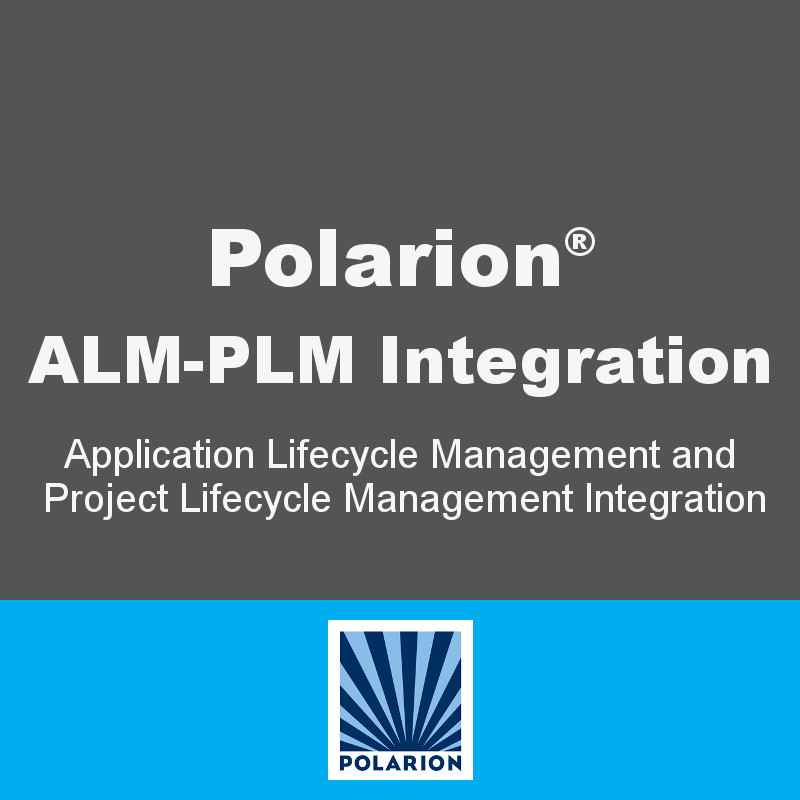Polarion ALM-PLM Integration
Engineering End-to-End Quality across Electrical, Mechanical, and Software Systems
Polarion enables product development organizations to have a single, cohesive product ecosystem, with multi-directional linking of ALM and PLM data and processes.
Today, over 10 billion new microprocessors are produced each year, with over 95% of these devices deployed as embedded components spanning almost every industry. Going forward, the growth of embedded systems is likely to accelerate significantly as manufacturers further embrace the Internet of Things (IoT).
Unfortunately, the tools developed to design and test multi-system goods tend to be specialised, with separate Product Lifecycle Management (PLM) tools for mechanical and electrical systems and Application Lifecycle Management (ALM) tools for software. Disconnects between ALM and PLM automation can be costly in terms of rework and delays, as well as product safety. They can also delay or even prevent opportunities for innovations that cross discrete systems.
Polarion has developed a single, cohesive product ecosystem with multi-directional linking of ALM and PLM data and processes. In its research of the convergence of ALM and PLM, Polarion has identified five incremental levels of ALM-PLM integration.
Level 1: Link & Trace
In Polarion ALM-PLM integration, the capability of creating a physical or logical relationship between ALM and PLM data assets is called a Link. Trace denotes the ability to automatically navigate this relationship.
Level 2: Change & Propagate
At this level, ALM-PLM manages the impact of design changes down the development and production chain, and vice-versa. It also enables a failure of the related hardware or software components to be traced back to the elements that could have caused such failure.
Level 3: Act & Communicate
At this level we achieve the integration of processes. Examples of this integration will be task assignment, progress control, and project management.
Level 4: Align & Unify
At this level software concepts like releases, branches, baselines, and parameters are aligned to their product-specific counterparts to establish unique, combined configurations. At this level, we also support unification of the User Experience (UX), allowing users to work in their preferred and familiar development tools.
Level 5: Collaborate & Report
At this last level, engineers from multiple disciplines are able to collaborate and merge their areas of expertise to develop an optimal, multi-system solution. Process improvements are driven by metrics dashboards that provide a unified view of project status and enable users to quickly identify bottlenecks and issues, and implement effective mid-course corrections.



